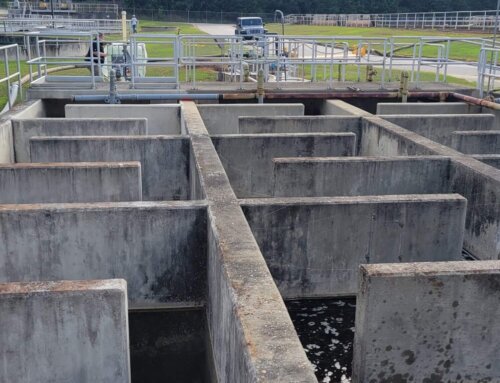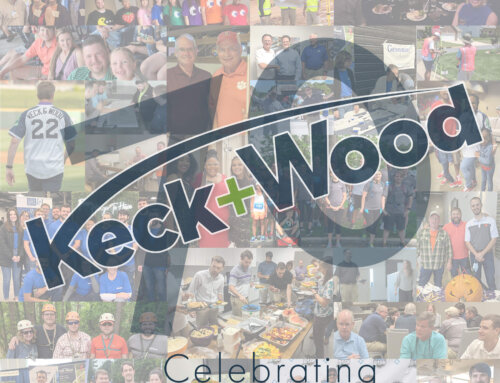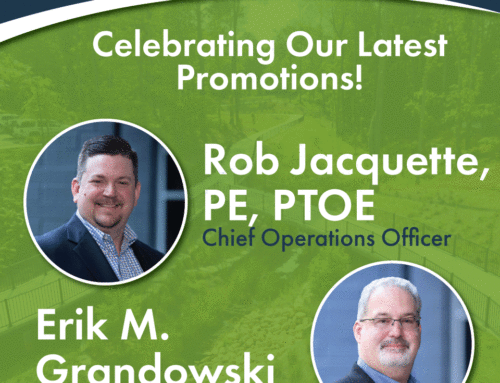Greenways and trails are essential parts of the green infrastructure network, delivering connections that tie communities together. They create a fabric of alternative transportation for bicyclists and pedestrians that often avoid all conflicts with vehicular traffic. Trails and Greenways are often treated as links to various destinations, but they also act as accessible amenities that provide a source for exercise and connect individuals to the outdoors and nature. As a result, it’s essential that greenways and trails are designed for multiple user groups while maintaining an ecological focus.
Large-Scale Planning
Successful greenways and trails require large scale planning to provide connections to numerous communities, neighborhoods, destinations, parks, and businesses. Often the planning process includes numerous corridor studies to determine the most feasible methods of creating the connections. Greenway and Trail corridors often utilize areas that are traditionally undevelopable. These areas can include floodplains, forests and preserves, and lands with steep topography. Planning efforts require substantial context of the area or region to create the desired connection while being sensitive to various ecosystems and protecting natural resources.
Often boardwalks and elevated trail sections are constructed to minimize the disturbance of critical habitat within Riparian zones. These elevated trail sections are constructed using top-down construction techniques. Top-down construction uses equipment positioned on the deck surface of the trail to install the footing/piers which virtually eliminates any soil disturbance. This is also one of the only construction methods allowed within sensitive environmental areas. Both the Lindsay Pettus Greenway and the Peachtree Corners Connector project utilize this type of construction to minimize impacts.
Consideration of Users
Trails and Greenways have many different users. They are intended for both passive and active users and are most commonly designed for use by cyclists, pedestrians, and recreationalists. Trails and Greenways can be made from several different types of materials and may be composed of many different cross sections throughout a corridor that can range in width from 5 feet to as much as 12 feet. The most commonly used surface is asphalt trail sections due to lower construction cost and good durability. Sometimes a more durable and longer lasting concrete surface is needed, such as the one used for the Technology Park Trail in the City of Peachtree Corners. Another example is wooden boardwalks, which are generally used to cross environmentally sensitive areas like at the Lindsay Pettus Greenway. Some other surface types that may be used include span bridges like the one used for the Battlefield Trail in Dallas, GA and natural granular stone fines which we utilized for the LA Fitness – Fitness Trail project.
Amenities and Furnishings
In addition to comprehensive surface design, additional design elements may include landscaping, lighting, retaining walls, fencing, overlooks and piers, and trail heads. Trailheads often include parking areas, restrooms, bike racks, seating areas, picnic shelters, memorial gardens and plazas such as the one used for the Destination Park project in Loganville, GA. Greenway and trail corridors often include resting areas, trash receptacles, and directional signage as well.
Finally, users may require restrooms and other facilities. Some trails require the presence of drinking water, kiosks, accommodations and educational signage, such as the Sweetwater Creek Greenway & Trail Project. All of these amenities must be designed to encourage the use of the trail and potentially to create an income to maintain the trail.
Conclusion
In conclusion, Civil Engineers and Landscape Architects study the feasibility of creating a greenway or trail corridor, taking into account client preferences, budgetary value, environmental considerations, and maintenance preferences for each and every project. We put our highest priority on providing for the end user, complying with state and federal applicable accessibility guidelines to ensure each and every member of the general public may take advantage of the unique amenity and community building aspect trails and greenways provide. Talk to us today.







Leave A Comment